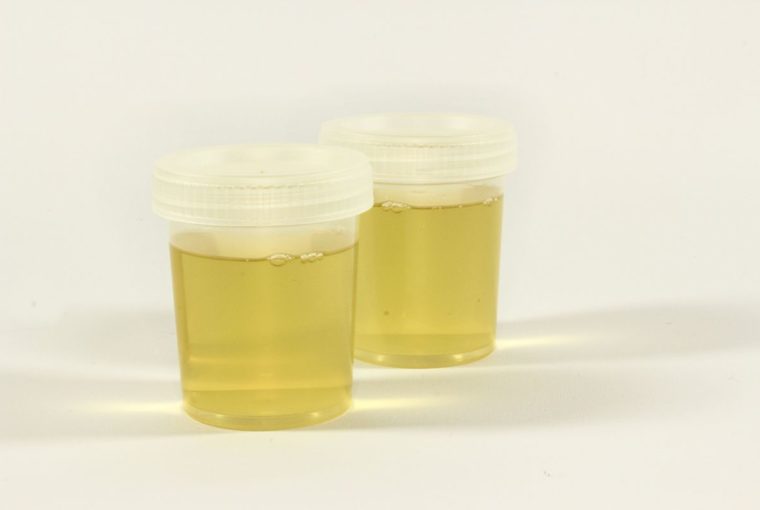Urinary incontinence is an embarrassing condition and, despite the patient having no control over it, the feeling of shame they go through each time it happens is undeniable. The good news is that with the help of preventive measures and management tips,incontinence does not have to be so embarrassing all the time.Whether you are suffering yourself, or you want to help someone close to you, we will disuses a few useful points in this post that should help you both understand the situation and manage it effectively.
Urinary Incontinence: Definition
Urinary continence is a condition where the patient loses partial or complete control of their bladder. This can manifest in several ways, but at the early stages, the patient may note that they are often peeing themselves while coughing, laughing, or sneezing.
In other instances, patients may find themselves unable to hold their urine in after getting a sudden and uncontrollable urge to urinate. Urinary incontinence is not a disease but rather a symptom of an underlying condition which can affect anyone at any point in time. Nevertheless, the older we get, the more we tend to lose bladder control unfortunately.
Urinary Incontinence: Types
There are five primary types of incontinence, which are categorized according to the immediate causes which leads to loss of bladder control. These are:
Urge Incontinence
A sudden, unexpected, and uncontrollable urge to urinate, followed by immediate urination that the individual is unable to control physically, irrespective of their surroundings.
Stress Incontinence
The individual urinates himself/herself in small amounts while laughing, coughing, sneezing, lifting, or exerting themselves in any other, physically stressful manner.
Mixed Incontinence
The patient experiences both urge incontinence and stress incontinence at different times, or in advanced cases, at the same time.
Overflow Incontinence
Urine keeps trickling out of their bladder throughout the day in small amounts. It’s almost always a result of incomplete urination, which means that something or the other is keeping the patient from emptying their bladder completely while urinating.
Functional Incontinence
This one has nothing to do with actual bladder control, unless we are discussing an instance of mixed urinary incontinence, which is making things even worse. Normally, functional incontinence is an inability to make it to the toilet in time and/or get in the ideal position to relieve themselves before their bladder control is lost. Someone with perfect bladder control, but impaired motor, neurological, or neuromuscular functions can also suffer from functional incontinence.
How Can You Manage It?
For anyone suffering from functional, overflowing or urge incontinence, bed wetting, akanocturnalincontinenceis a serious problem.Not only is it a cause for embarrassment, but it can also lead to rashes, UTIs, sores, colds, and pressure injuries. MIP’s fusion bed pads are designed to prevent allof the above by relieving pressure points, draining moisture away from the skin and providing a soft, skin-friendly surface for the patient to comfortably lie on.
Any disease, condition, or substance that has the potential to make us lose control of our faculties (neurological disorders, diabetes, obesity, etc.) can become the cause for urinary incontinence. Depending on what is causing the gradual or sudden loss of bladder control, incontinence can be cured or, at the very least, managed.
Common and preventable causes include but are not limited to chain smoking, excessive alcohol consumption, drug abuse,excess caffeine intake, excess sugar intake, certain prescription meds for blood pressure and smooth muscle control, poor dietary habits, lack of physical exercise and much more.




